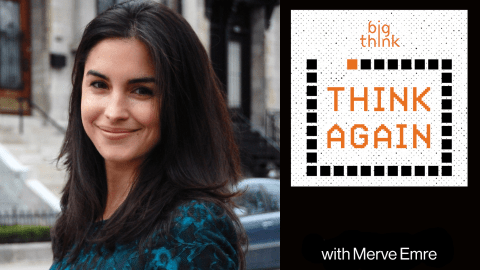Merve Emre: Four-letter you (Myers-Briggs personality indicator)

- Find out why Carl Jung turns over in his grave every time someone calls herself an ‘introvert’ or an ‘extravert’!
- Discover how Truman Capote became the subject of psychological experiments on creativity!
Did you ever see the 1951 Disney version of Alice in Wonderland? Where the caterpillar, voiced by actor Richard Haydn, sits laconically on his giant toadstool, wreathed in hookah smoke, peers at Alice under his drooping eyelids and says:
Even as kid, I felt the existential impact of that question. Not, “hey kid, what’s your name?” But who, fundamentally, are you as a person? What are you like? Were you born that way? How much of that can you change? All those chilling, thrilling, bottomless, ego-gratifying questions.
But what happens when the murky philosophy and psychology of the self meet good-old American pragmatism and business? Something very weird indeed. I’m here today with Merve Emre—she’s an associate professor of English at Oxford University and she’s the author of The Personality Brokers. It tells the strange history of The Myers-Briggs Type Indicator—a mother-daughter psychological cottage industry that, 70 years in, still has people calling themselves introverts or extraverts, feelers or thinkers, and pondering what that might mean for their lives and their careers.

Surprise conversation-starter clips in this episode:
Benjamin Hardy, most read person on Medium: Want more happiness, change how you relate to negativity





